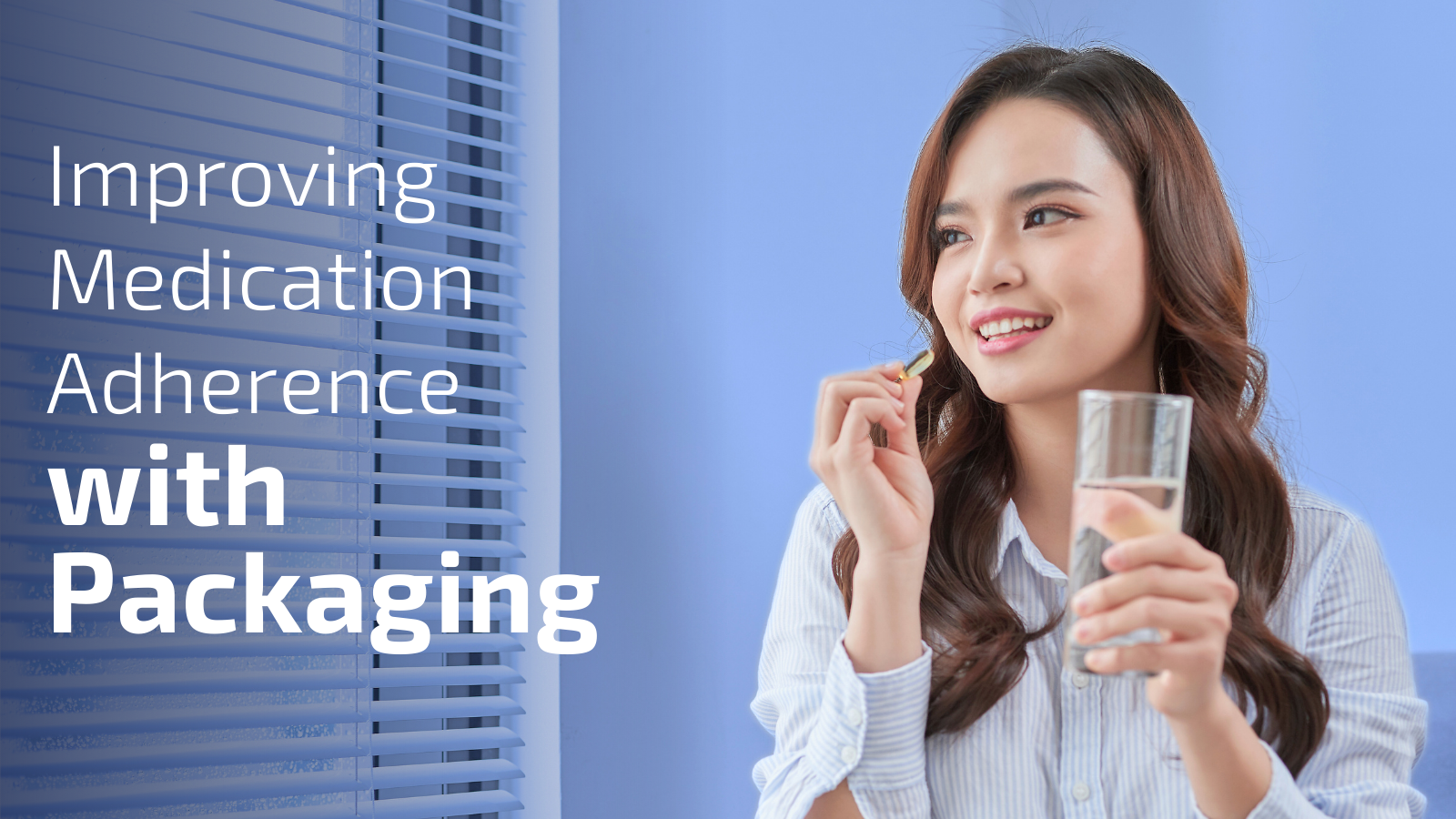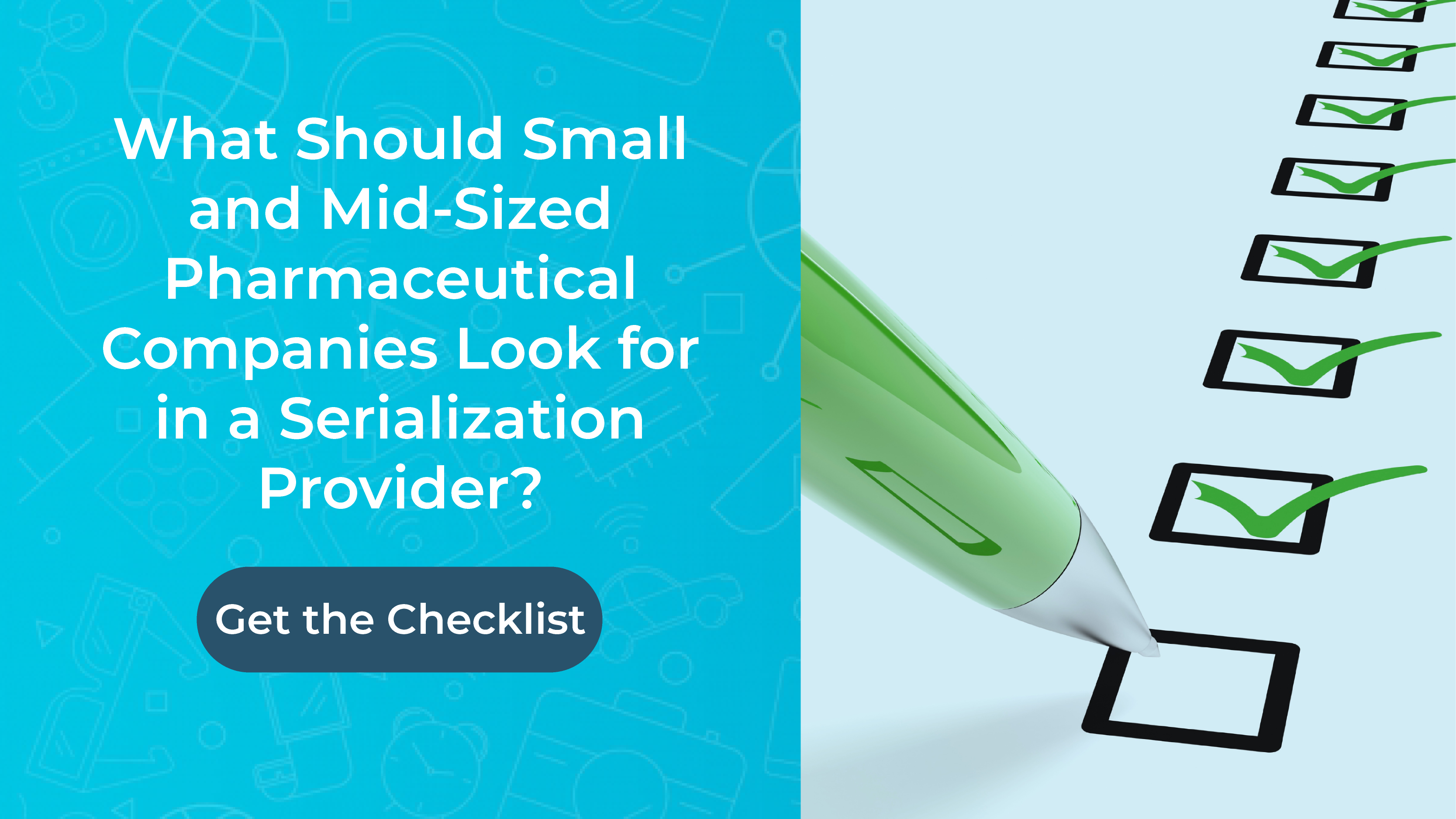Improving Medication Adherence with Packaging
By Terrence O'Neill | Posted on May 18, 2023

Medication adherence is considered one of the most critical indicators for patient outcomes. And the way medications are packaged can dramatically improve adherence and the patient’s experience.
Prescription adherence helps control chronic symptoms, treat temporary conditions, and improve overall health and morbidity, and mortality rates. Nonadherence, on the other hand, is associated with higher rates of hospital admissions, suboptimal health outcomes, increased mortality, and increased healthcare costs. According to the CDC, 3.8 billion prescriptions are written annually in the United States. However, approximately one in five are never filled, and among those filled, about 50% are taken incorrectly, particularly concerning timing, dosage, frequency, and duration.
Reasons Patients Don't Adhere
Patients don’t take their medications as prescribed for a host of reasons. For example, the FDA reports that patients do not follow healthcare provider instructions on how to take medication for several reasons, including not understanding the directions, forgetfulness, multiple drugs with different regimens, unpleasant side effects, or the medication doesn’t seem to be working.
Costs of Nonadherence
On top of being a significant public health issue, nonadherence dramatically affects healthcare costs. Statistics tell us that poor adherence contributes to $500 billion in avoidable healthcare costs, 10% of hospitalizations, and 125,000 potentially preventable deaths. Additionally, the CDC estimates that nonadherence causes 30 to 50 percent of chronic disease treatment failures. For example, 25 to 50 percent of patients treated with statins who stop taking their therapy within one year have up to a 25 percent increased risk of dying.
Packaging's Effect on Adherence
The way medications are packaged can have a significant impact on whether a patient takes prescriptions. Packages that remind individuals to take their medications have been very effective. For example, birth control pills have long been distributed in blister packages as have some antibiotics. Studies have shown that the adherence ratios with traditional drug bottles are as low as 50% for many patients. In contrast, blister packs with day codes can significantly increase that percentage, improving patient adherence. Furthermore, calendars can be printed on blister packages, making it easy to track if medication has been taken and when patients should take their next pill.
Medication adherence blister packaging can be integrated into a mobile application for a more robust solution. Via the app, refill reminders keep patients from running out or missing doses. And access to web-based educational information on prescriptions can help patients learn about their treatments.
Enhanced Patient Experience
In addition to boosting adherence, medication adherence packaging improves patients’ experience with medication. For instance, prescriptions in medication adherence packs are portable and can be easily slipped into purses, suit jacket pockets, etc., improving usage during travel or on-the-go use. Plus, medications can be harmful and potentially deadly in the wrong hands, particularly in children. Medication adherence packaging provides a child-resistant solution. Plus, since each pill is packaged separately, if tampered with, only one pill would be accessible at a time.
Additional Benefits of Medication Adherence Packaging
Medication adherence packages are flat instead of conventional round or newer square bottles. This flat space on the box allows for patient education, branding initiatives, and other messaging on the carton. Plus, the packages’ small flat footprint is ideal for shipping ease.
Medication adherence packs also help organizations meet their sustainability initiatives. Compared to a standard 90 cc bottle, medication adherence packaging reduced plastic by 53%. The flat packaging optimizes shipping, as bottles in boxes take up considerably more room than packs in envelopes. Additionally, the blister packaging protects drugs from nature’s elements, including moisture, which is essential for moisture-sensitive products. Finally, QR codes can be added to the carton for quick prescription identification which enables a faster fill time speed for pharmacists.
Innovative drug therapies are happening at lightning speed to treat many diseases. But if patients are not taking medications as prescribed, health outcomes will not improve. Medication adherence packaging can ensure higher refill adherence and persistence.

